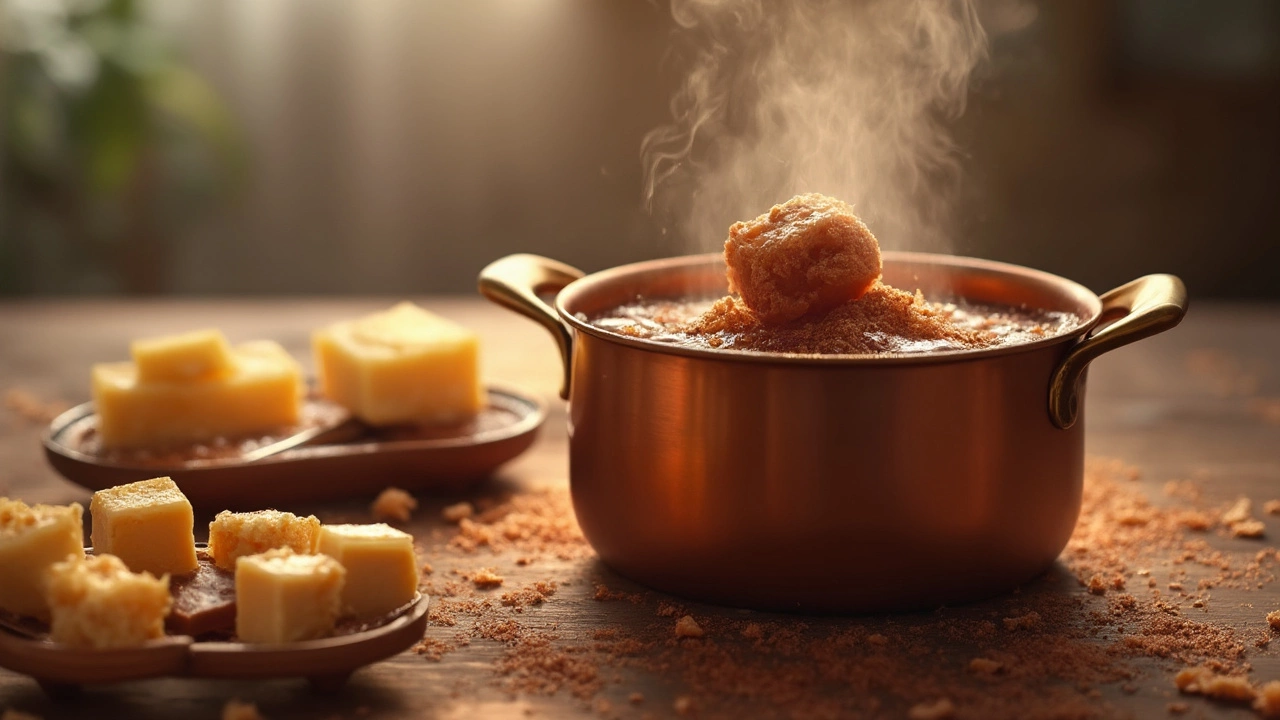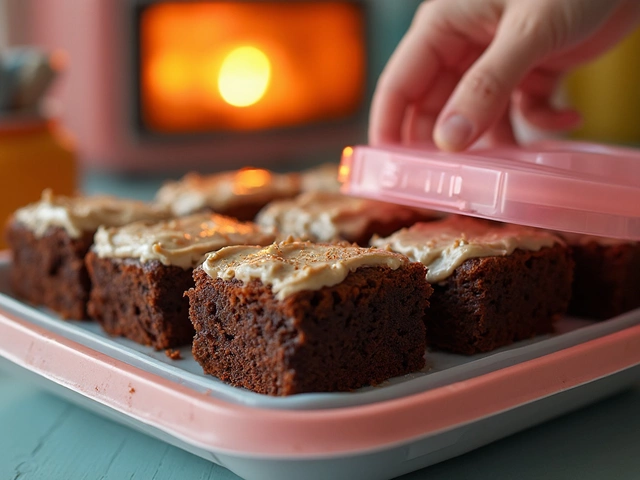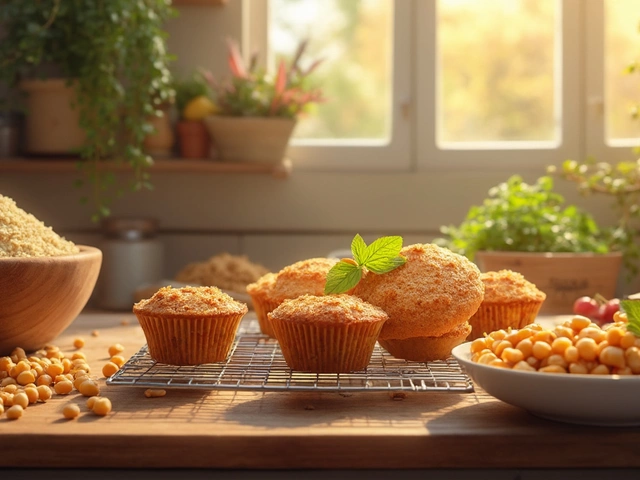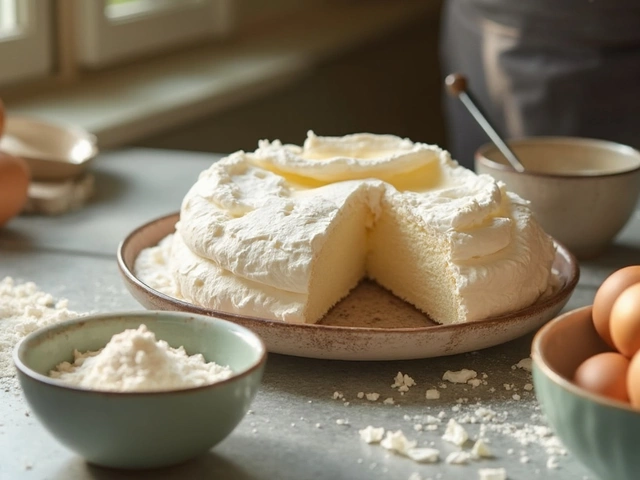How to Make Creamy Fudge Every Time
If you’ve ever pulled a batch of fudge that turned out grainy or hard, you’re not alone. The good news? Getting that melt‑in‑your‑mouth, creamy texture is just a few tweaks away. Below you’ll find the core steps that turn ordinary ingredients into a silky sweet that everyone loves.
Master the Temperature
The secret to smooth fudge lives in the sugar stage. You need a soft‑ball stage, which is around 235‑240°F (112‑115°C). Use a candy thermometer and watch the needle climb; once it steadies in that range, you’ve hit the sweet spot. If you’re at high altitude, add a few extra degrees or a splash more liquid to keep the fudge from setting too quickly.
Avoid Graininess and Crystallization
Grainy fudge happens when sugar crystals form too early. To prevent this, stir the mixture gently once it reaches the boiling point, then stop stirring completely while it cooks to the soft‑ball stage. Adding a tablespoon of corn syrup, glucose, or a pinch of cream of tartar also helps keep the sugar from crystallizing, ensuring a smooth finish.
When the temperature is right, remove the pan from the heat and let the mixture cool to about 110°F (43°C) before beating. This cooling period lets the sugar settle, and the beating introduces tiny air bubbles that give fudge its creamy body.
Now, grab a wooden spoon or electric mixer and beat the fudge for about 3‑5 minutes. You’ll see it thicken, turn glossy, and lose its shiny surface. That’s the point where you stir in any flavorings, nuts, or chocolate chips.
Pour the mixture into a greased pan, smooth the top, and let it set at room temperature. Avoid the fridge unless you’re in a rush; rapid cooling can cause the fudge to contract and crack.
Here are a few quick fixes if things go sideways:
- Too grainy? Warm the fudge gently, add a splash of milk, and beat again – it can restore smoothness.
- Too soft? Return it to a low boil for a minute, then let it cool and beat.
- Hard as a rock? Add a bit more butter or cream, melt gently, and re‑beat.
All of these tips are based on the science behind sugar crystallization, so you’re not just guessing – you’re using proven methods.
For more in‑depth guides, check out our related posts: “Fudge Temperature Guide: The Exact Soft‑Ball Stage and How to Hit It Every Time,” “The Real Secret to Perfect, Creamy Fudge—And How You Can Nail It Every Time,” and “How to Make Fudge That’s Smooth and Not Grainy.” Each article breaks down a specific part of the process, from temperature checks to troubleshooting common mistakes.
Bottom line: keep an eye on the thermometer, stop stirring at the right moment, add a little corn syrup, and beat once it cools. Follow these steps and you’ll be serving creamy, melt‑in‑your‑mouth fudge that looks as good as it tastes. Happy cooking!

Why Does Fudge Taste Like Fudge? The Secret Science Behind Creamy Perfection
Discover what truly gives fudge its unique flavor and texture. Explore the science, essential steps, and tips for lush, creamy fudge every time.
View More




